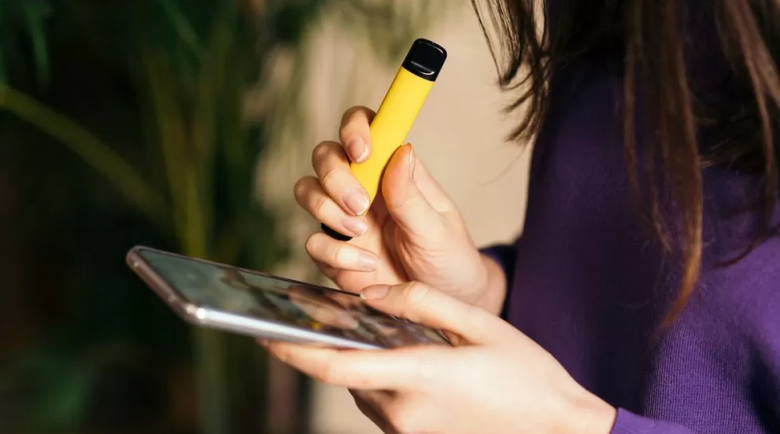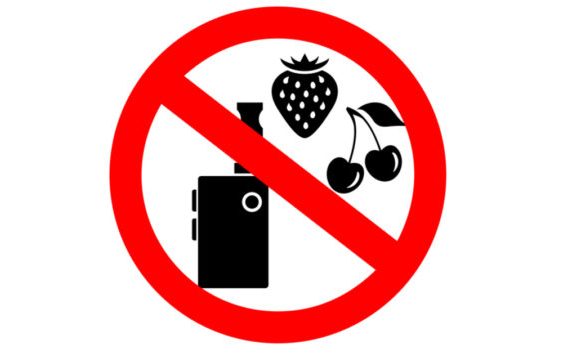Since 2018, the percentage of females who use e-cigarettes has doubled and is now seven percentage points greater than that of boys their age.
According to recent figures, more than one in five 15-year-old girls vaping, and the surge of vaping in that age group is eerily similar to the smoking rates of more than ten years ago.
According to the study, 21% of 15-year-old girls confessed to using e-cigarettes as of 2021, which is more than twice the 10% figure reported by NHS Digital in 2018. In comparison to boys of the same age, girls were seven percentage points more likely to vape.
The percentage of students who stated they were smokers decreased from 5% in 2018 to 3% in 2021, a historically low, according to the Smoking, Drinking, and Drug Use Among Young People in England 2021 survey. In 2021, fewer than 1 in 8 secondary school students (12%) had ever smoked a cigarette, which was the lowest percentage since similar data first started in 1982.
However, a record-high number of people were smoking electronic cigarettes. The percentage of schoolchildren who had ever vaped rose from 6% in 2018 to 9% in 2021, the highest level ever. The majority of those who did so were females under the age of 15. While more than a fifth admitted to using e-cigarettes currently, 12% claimed to use them frequently. In 2010, 14% of 15-year-old females reported being frequent smokers, which was the highest percentage recorded.
The survey did, however, demonstrate that there has been a decline in drug and alcohol abuse. According to updated data from NHS Digital, only 18% of 11 to 15-year-olds in England reported ever using drugs in 2021, a decrease from 24% in 2018. Last year, only 40% of students reported having ever consumed alcohol, dropping from 44% in 2018 and 44% in 2016.
The data demonstrate that more sociable secondary school students—those who interacted with people outside of their homes or schools more often -were highly likely than those who met people seldom in the previous month to have experimented with illegal drugs, ingested alcohol, or smoked.
Only 19% of individuals who often interacted with persons outside of their homes or places of education had used drugs in the previous month. Comparatively, 8% of persons who socialized outside of the house or school a few times per week and 5% of people did so just once per week. Among those who had not encountered anyone in the previous month, only 2% had used drugs.
According to the figures, Covid-19 may have contributed to the drop in drug use because of restrictions that may have made it harder for kids to socialize outside of school beginning in early 2021.
The proportion of students who had used nitrous oxide (also called laughing gas) decreased significantly. 2021 saw a drop of 2.8 percentage points from 2018, with only 3% of students have tried it. The percentage of secondary school students who had tried solvents and glue decreased by 2.2 percent to 6.8%, and the proportion of students who used cocaine decreased from 1.8% to 1.4%.
The fall in drug, alcohol and cigarette usage may be beneficial to young people’s well-being and mental health. When compared to youngsters who had not smoked, consumed alcohol, or used drugs, over half of those who had used drugs in the previous month reported experiencing low happiness levels during that period.






